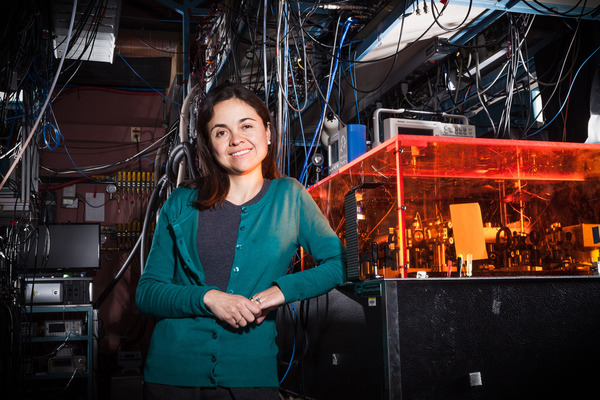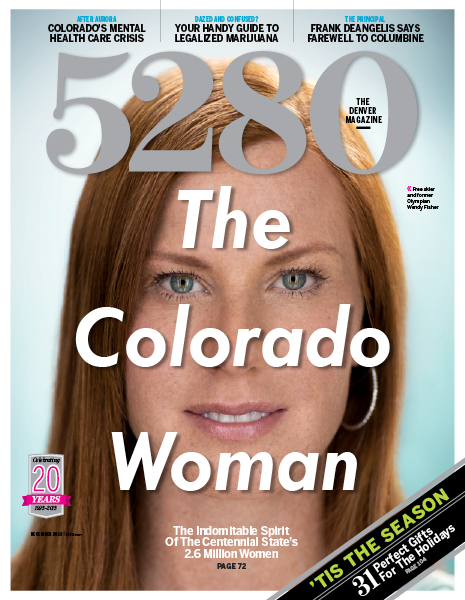The Local newsletter is your free, daily guide to life in Colorado. For locals, by locals.
The University of Colorado Boulder has produced five Nobel Prize winners and eight MacArthur Fellowship recipients. This fall, Ana Maria Rey, a theoretical physicist originally from Colombia, joined the vaunted club when the MacArthur Foundation awarded Rey a “genius grant” for her research on the behavior of atoms.
__
Resumé:
Name: Ana Maria Rey
Title: Assistant research professor in the Department of Physics at CU
Age: 36
Education: Ph.D. in physics from the University of Maryland; B.S. in physics from the Universidad de los Andes in Bogotá, Colombia
__
So, how does it feel to be a genius?
[Laughs] The same. I haven’t changed anything. I’m proud. My hope is that this shows that people from Colombia can do great things; that being from Colombia is not a limitation.
Who was your first call to after you learned you’d won?
[The MacArthur Fellowship] lets you tell one person; I told my husband. The MacArthur people wanted to come to the university and make a video about me, but my colleagues couldn’t know. I told them I won a Latin award that isn’t very well-known. They believed it.
What is it like to be part of a group at the university that has been recognized with so many awards?
The strength of this program is fantastic. All of the women being recognized [four of CU’s MacArthur recipients have been women] reflects the strength women have in physics. It’s great for the field.
When did you first become interested in physics?
When I was five years old, I told my dad I liked physics. I don’t know where I learned the word. I didn’t know what physics meant, but that’s what my father says. In high school, the first time I took physics it was so fascinating to view the behavior of the world with a mathematical equation. I loved it so much that I did all the homework problems and then I asked the teacher if he would give me more. I borrowed an advanced textbook and did all the problems I could.
So what does a theoretical physicist do, exactly?
We make atoms very cold so that they move very slowly. When they are moving so slowly, we can use light to trap them and manipulate them. When you measure many atoms at the same time, they run into each other, and I’ve tried to gain a better understanding of these collisions and how they can be suppressed or controlled. This allows us to better understand quantum mechanics and the behavior of the universe.
Then what?
Atoms have a tick that is universal. The ticking is determined by energy levels. It doesn’t change if you are here or in China. Measurement of time is key for many technological items. We’re using atoms to measure time in the most precise way possible, to create state-of-the-art clocks. Better clocks would help with better GPS. We are going to make a computer with quantum mechanics that would be able to factor very large prime numbers and could be used to break codes.
5280.com Exclusive: Two extra questions from our interview with Ana Maria Rey
So you knew from an early age that you wanted to pursue physics?
I wanted to, but my parents didn’t want me to go into physics. They wanted me to be an engineer. All you could do with physics in Colombia was be a teacher. At the time, there were no graduate programs, but I got a fellowship to study physics and moved to the States with my husband. My parents eventually changed their minds. Now they proposed to my little sister that she study physics.
What do you have planned for all that money?
The money will go toward my research. It will be good to have, maybe not to have to worry about applying for grants as much.









